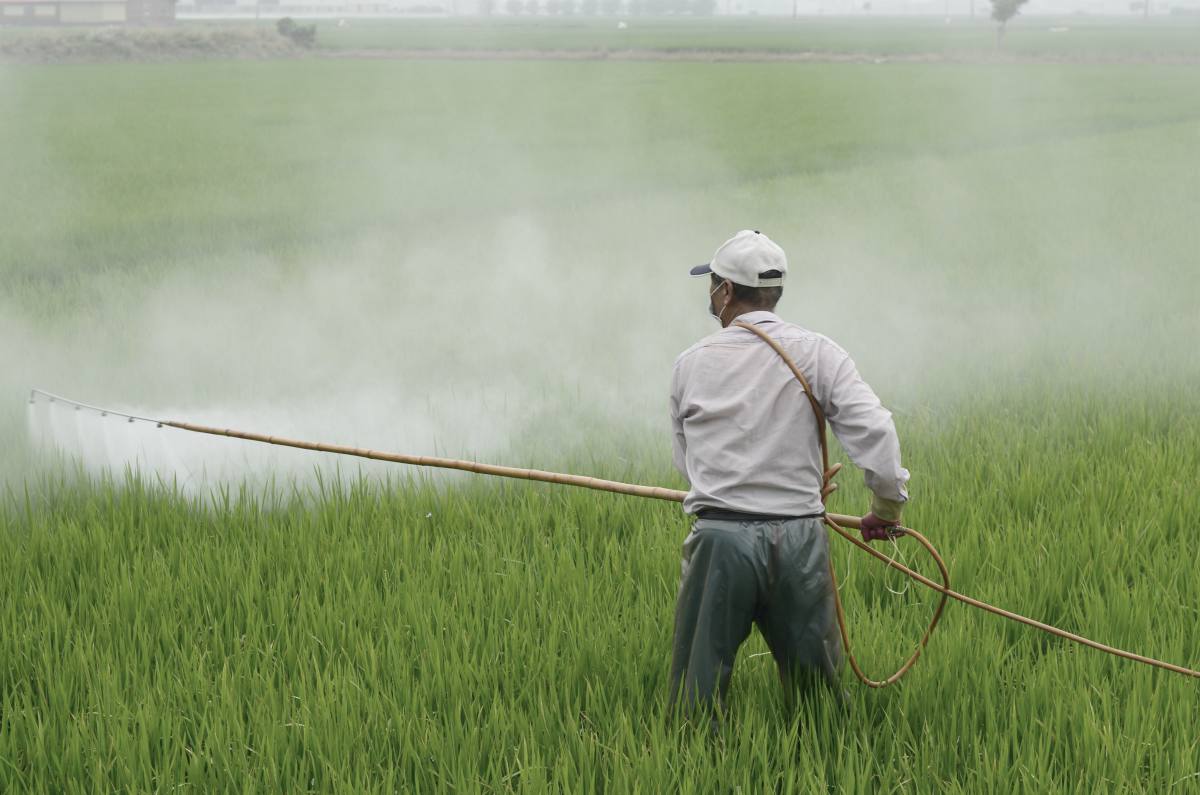Table of Contents[Hide][Show]
Our natural environment is full of toxins we can’t entirely eliminate, but we can all learn how to avoid them. Here’s how you can do that.
What Are the Toxins in the Natural Environment?
Naturally occurring toxins in our natural environment are also called environmental toxins. They include a number of potentially lethal chemicals that can cause cancer, disrupt endocrine functions, and affect crucial biological functions.
Several toxins in our environment are also human carcinogens. Carcinogens are chemicals that have the capability of triggering cancer in humans after continuous exposure.
What Are the Types of Environmental Toxins?
These are the natural toxins present in our environment:
- Mercury is a highly toxic metal that turns into a liquid at regular temperatures. It is present in medical and dental equipment, seafood, fertilizers, and pesticides.
- Lead is another toxic metal found in the natural environment. It is commonly used in gasoline, ceramics, batteries, cosmetics, and paint.
- Formaldehyde is a potent-smelling chemical present in building materials and products in the household. Widely known as a preservative, it is also present in wood-pressed products in many homes such as plywood, glues, fabric, and appliances that burn fuel.
- Radon is an odorless and colorless radioactive gas caused by the decay of uranium or thorium. It is present in all kinds of soils and can emerge from the ground and seep into houses through cracks in the structure.
- Benzene is a quick-evaporating liquid found in crude oil. Widely known as a human carcinogen, it is present in gasoline, tobacco smoke, plastics, and even in dryer emissions from fragrant laundry detergents.
Toxins present in our natural environment may also include chemicals made by humans:
- Pesticides – Substances used to destroy or repel a wide variety of invasive insects and plants considered as pests.
- BPA (Bisphenol A) – A compound present in the manufacturing of epoxy resins and polycarbonate plastics. These products go on to distribution in the form of food and drink packaging, bottles, and water pipes.
- Phthalates – These are chemicals used to soften plastics. They are available in products like cosmetics, bottles, deodorants, and any product that uses flexible plastic.
What Are the Dangers of Environmental Toxins?
With continuous and excessive exposure, environmental toxins can cause a number of health risks to humans. Many can cause cancer, developmental problems, and even organ failure.
Lead toxicity is among the foremost examples. It can cause neurodevelopmental defects as well as gastrointestinal, neurological, and kidney toxicity.
Mercury poisoning can cause headaches, fatigue, tremors, and even hallucinations. Meanwhile, BPA is an endocrine disruptor, which mimics the hormone estrogen and causes early puberty, infertility, and low testosterone levels.
Phthalates are also endocrine disruptors. They can affect genital development in fetuses through prenatal exposure and can cause thyroid dysfunctions in adults.
Exposure to radon is associated with lung cancer. In fact, it is the second leading cause of lung cancer in the United States following smoking.
People with continuous exposure to formaldehyde are at high risk of having leukemia and nasopharyngeal cancer. Meanwhile, benzene exposure is linked to bone marrow abnormalities and leukemia.
What is nasopharyngeal cancer? It’s a rare form of cancer that occurs behind the nose, at the upper throat area.
Who Are Susceptible to Environmental Toxins?

Being so common in the natural environment or widely available in daily foods and products, most people have the potential to become affected by these environmental toxins.
Children are especially susceptible to environmental toxins. This is due to their small size relative to the toxic dosage of toxins and their sensitive and still-developing physiology.
People who work closely with certain products such as plastics and pesticides are also susceptible. While small dosages may not harm them, continuous and excessive exposure can take its toll over time.
RELATED: The Scary Toxins in Your Baby Products and Kids’ Toys
How to Protect Yourself from Environmental Toxins
It’s impossible to completely eliminate every dangerous natural toxin, but you can take certain precautions to protect yourself and your family.
1. Minimize Plastic Use
Avoiding endocrine-disrupting toxins such as BPA and phthalates may be as easy as simply avoiding certain products. Avoid plastics with the #7 and #3 label, and use glass or PVC-free containers to minimize your exposure.
It may sound tedious, but checking labels is a great way to familiarize yourself with materials present in a certain product. Educate yourself and be wary of vague labels companies use to disguise toxic ingredients.
2. Be Mindful of Food Storage
Avoid microwaving plastic containers and opt for glass, stainless steel, or porcelain containers for food and drink storage. Reducing your intake of canned foods can also minimize your exposure to BPA and phthalates.
The good thing with BPA and phthalates is that if you decrease exposure to them, your body will get rid of them. However, the same cannot be said of other environmental toxins.
3. Have Your Home Checked
If you possess or live in an older house, it may be a good idea to get it checked for certain toxins. Professionals often check the air in homes and water wells for signs of radon exposure.
Experts may also check for the presence of lead in paint or in the pipes. Besides making sure your home is sufficiently proofed for safety, having it checked can also ensure you’re not unknowingly breathing in lethal toxins.
4. Keep Your Home Well-Ventilated
Whether you live in a dense urban setting or among greenery, ventilation in your home is a must. Keep windows open to let in the fresh air, or install filters or air-conditioning to make sure oxygen is always circulating in your home.
Avoid smoking within your home so none of the toxins stick to the walls or furniture. Keeping several plants at home is also a great way to increase the presence of fresh air indoors.
5. Wash All Produce
Pesticide-free produce may be available but are often inaccessible due to high prices. Another alternative is to grow your own produce, but unfortunately, this is impossible for many people.
Washing and scrubbing fruits and vegetables are an ideal way to get rid of pesticides. Even organic produce should also undergo the same treatment because some fruits and vegetables have high pesticide residues regardless of their source.
Toxins in our natural environment can come with dangerous health effects. However, keep in mind that these toxins are unavoidable and the toxicity only causes problems with high dosage and frequency.
The presence of toxins need not inspire panic. Like many things in the world, dangerous toxins may even have benefits and maintain a delicate balance.
To better protect yourself, you need to boost your immune system. For a powerful daily dose of greens, try Alkaline Greens and see what a difference it can make to your health. This 100% raw and organically produced green superfood powder contains more than 50 ingredients, from fruits and vegetables, to roots and seeds, and even more. Give it a try today and save 20% with code Well20.
Up Next:
- Is Non-Toxic Makeup Also Natural And Organic?
- Spring Cleaning: Our Favorite Natural Cleaning Techniques
- 4 Indoor Plants That Purify The Air In Your Home
You May Also Like…



